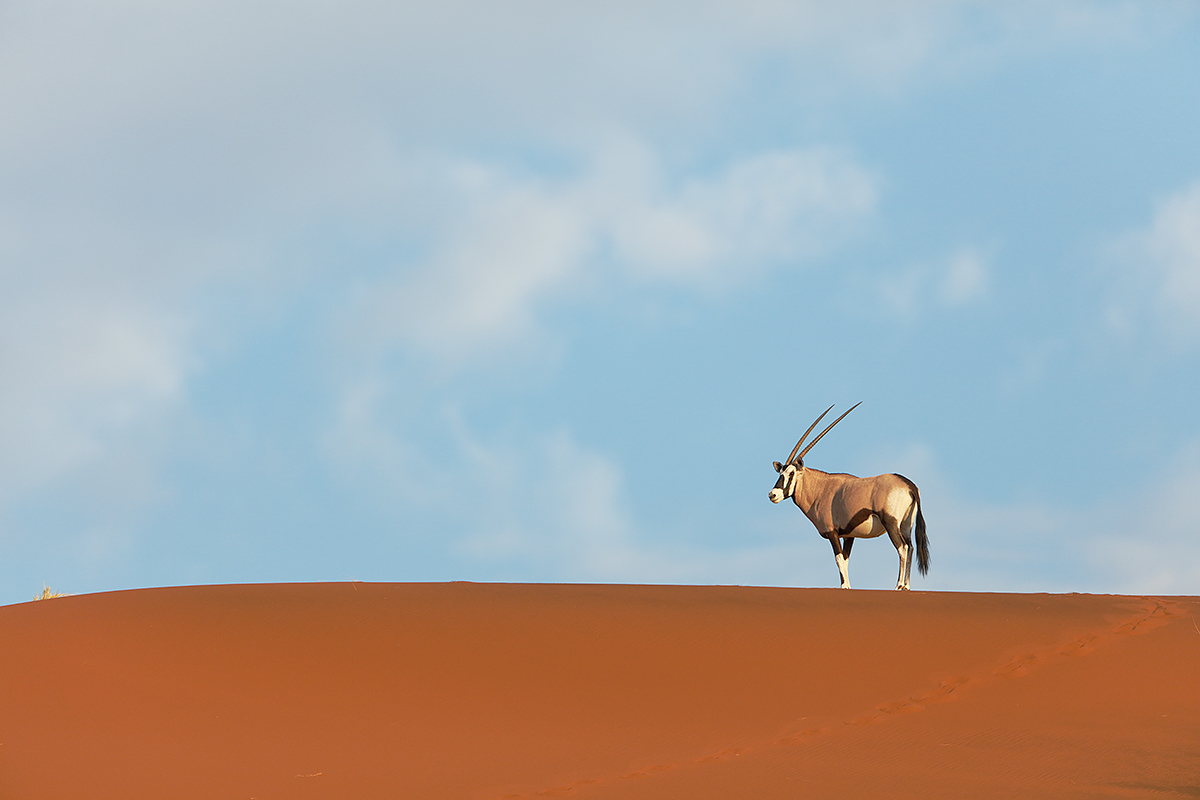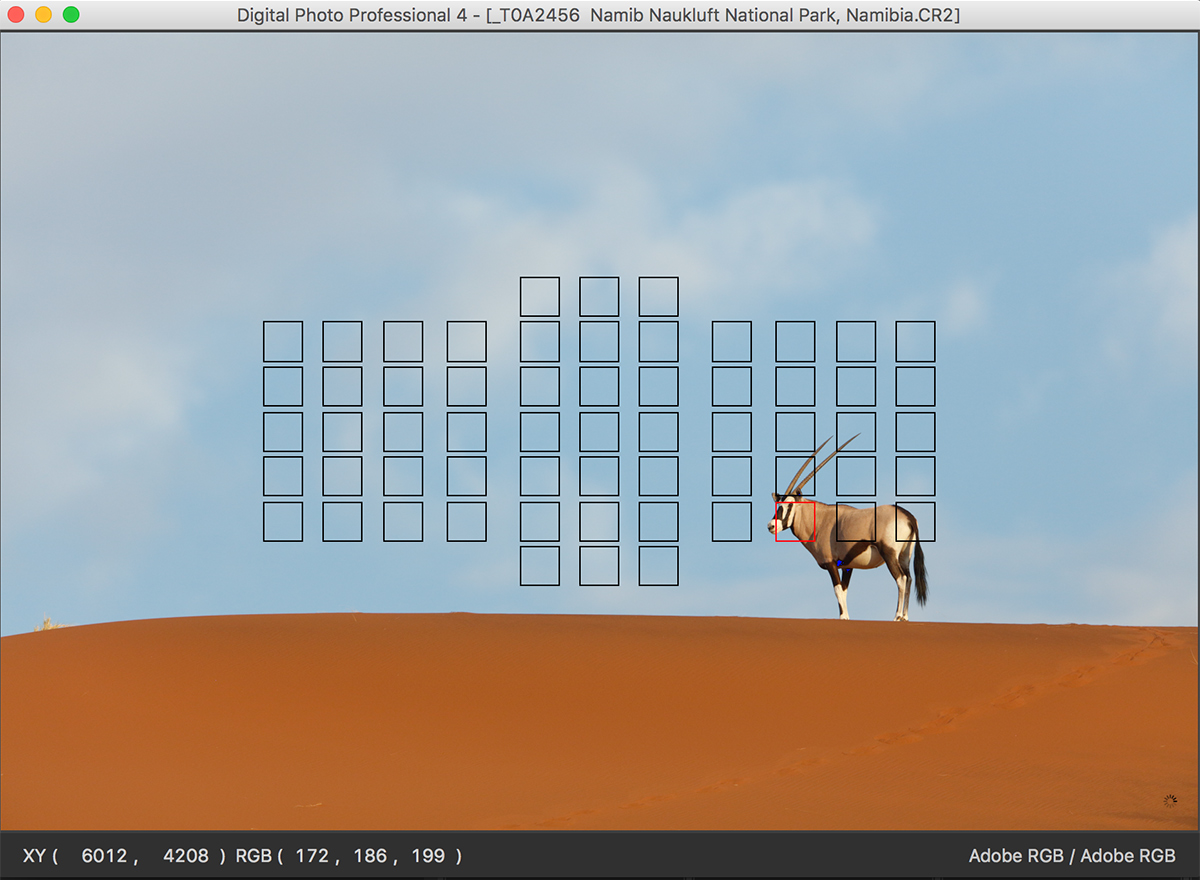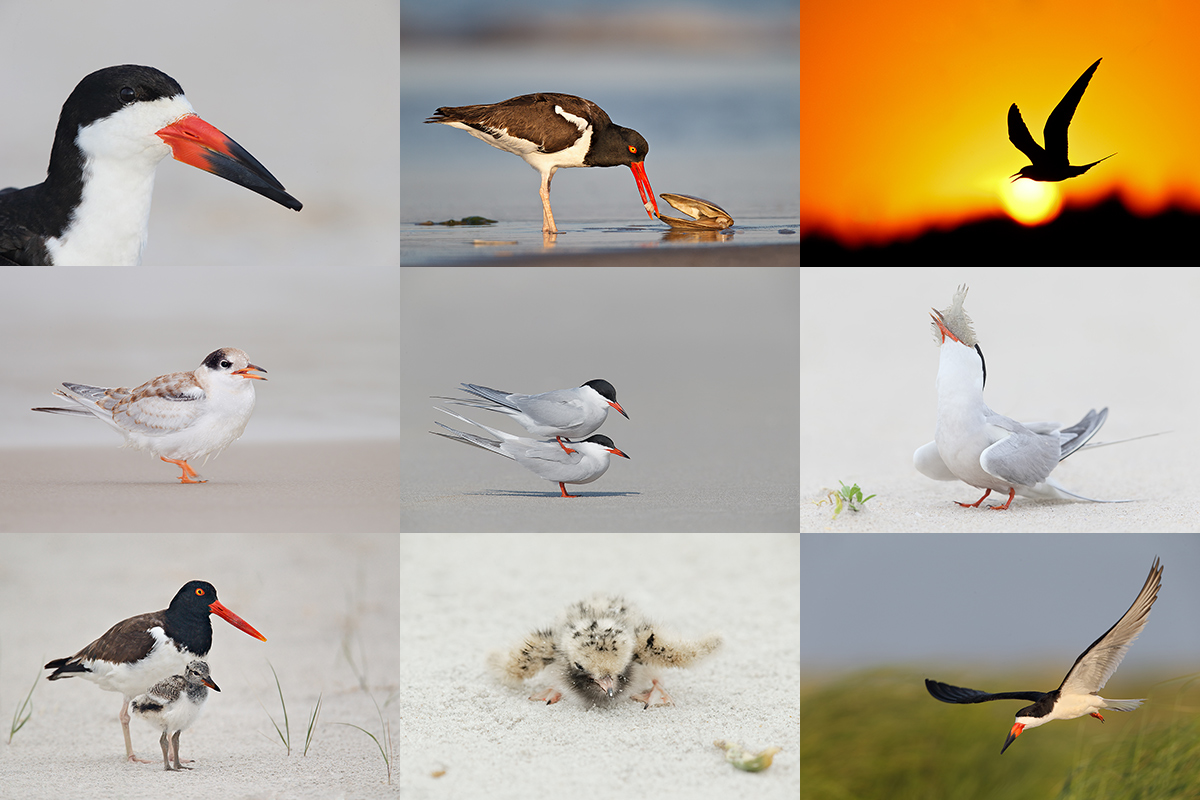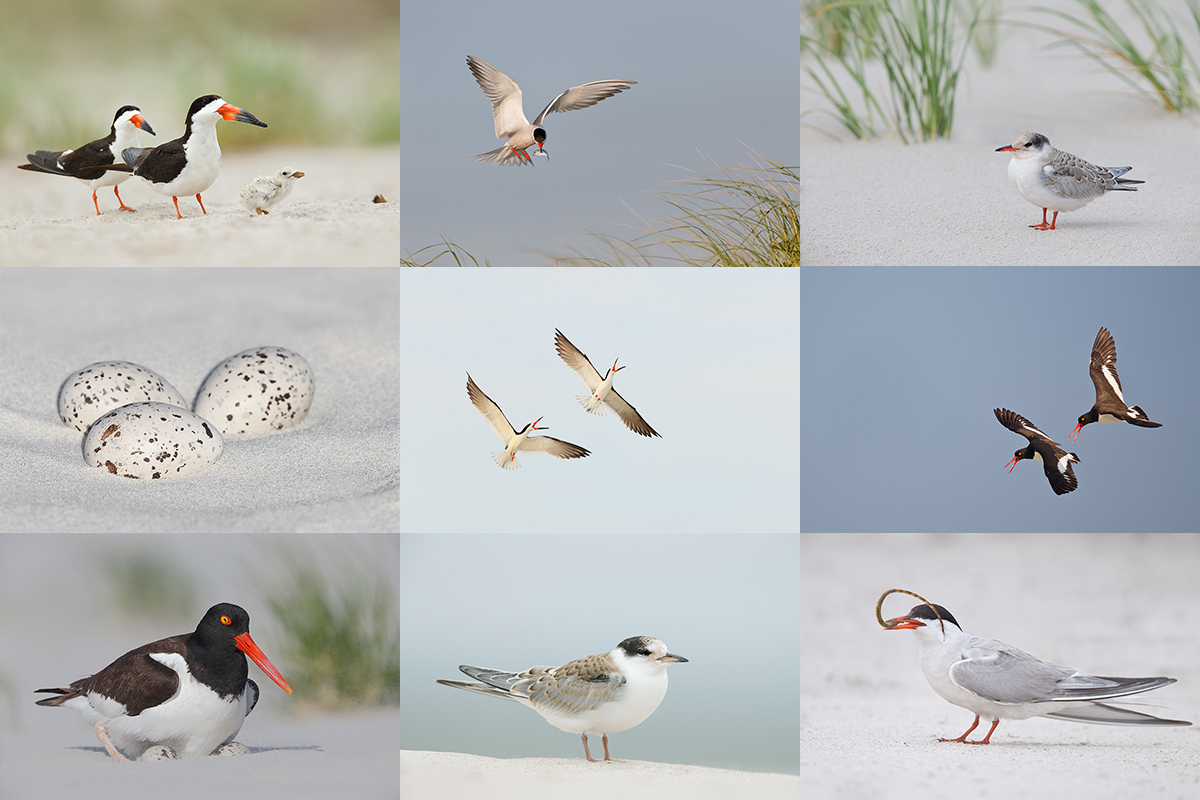What’s Up?
I am working on this blog post in Swakopmund, Namibia on the way to a Walvis Bay Great White Pelican boat trip. The Namibia trip so far has been challenging, rewarding, and productive. The photographic opportunities have been as fantastic as advertised and I have learned several new techniques. Those include sharp star point photography, Milky Way photography, light painting/night sky photography, and star trail photography (with the results still to be determined on the latter).
I will have been online until about April 23 or so. After that, nothing till I get back at the end of the month or possibly at this or that airport en route. Please remember that folks sending new inquiries about selling used gear are best advised to get in touch with me at the end of April.
The Streak
Today’s blog post marks 169 days in a row with a new educational blog post… As always-–and folks have been doing a really great job recently–-please remember to use our B&H links for your major gear purchases. For best results use one of our many product-specific links; after clicking on one of those you can continue shopping with all subsequent purchases invisibly tracked to BAA. Your doing so is always greatly appreciated. Please remember: web orders only. Please remember that if you are shopping for items that we carry in the BAA Online Store (as noted in red at the close of this post below) we would appreciate your business.
|
This image was created at Namib Naukluft National Park, Sossusvlei, Namibia on Tuesday April 19, 2016. I used the Induro GIT 304L/Mongoose M3.6-mounted Canon EF 600mm f/4L IS II USM Lens, the Canon Extender EF 1.4X III, and the mega mega-pixel Canon EOS 5DS R. ISO 800 (could have been ISO 400). Evaluative metering +1 stop: 1/2500 sec. at f/5.6. Color temperature: Daylight. See below for AF details. Click on the image to see a larger version. Oryx on red sand ridge |
Heart Attack Ridge Oryx…
My heart was pounding in my chest as I hurried my way up the steep hill with my tripod-mounted 600 II. Our younger, much-fitter-than-I expedition leader Wim den Heever had led the way hand-holding his 400 f/2.8. Despite my advice that you would need to move as fast as possible to get in position for a good Oryx image, the rest of the group lagged behind. I finally got to a spot with the distant mountains as background. The stacked mountains showed the beautiful atmospheric perspective that one associates with early morning images of Great Smoky Mountain National Park. I got my tripod down but just as I focused, the animal–that had been staring straight at us–left the scene.
Five Oryx were walking slowly headed away from us climbing the hill as they went. I decided to hoof it (please pardon the pun) to try to get even or slightly ahead of them and sun angle. As I was paralleling the ridge rather than climbing the hill I felt that I was no longer in the heart attack (or a-fib) zone. I kept a steady pace and gained ever so slightly on the small herd of huge antelopes. While I was still well short of sun angle, the next to last Oryx climbed atop the red dune that topped the ridge, posed for an instant, and then disappeared over the crest of the ridge. But there was still one more to go so I forged ahead breathing deeply.
I was just about on sun angle when it crested the ridge facing away. I took one butt shot image so that I could remember what might have been. And I willed the animal to turn back toward me before it disappeared over the hill. It did. With the sky background I was happy with +1 stop EC. I quickly selected my AF point and made six images. The it turned tail and disappeared. I was not aware if any of the photographers in my small group were right behind me so I turned to see. Everyone was 500 meters behind me standing with Wim… The first image in the series turned out to be today’s featured image; it had the best separation of the tail from the rump and was my pick of the litter.
Once again my fierce determination paid off handsomely…
DPP AF point screen capture |
DPP Screen Capture
Here you see that I carefully selected the AF point to yield the well off-centered composition that I wanted. The Oryx posed for only a very few seconds. Thus, it is vitally important for all photographers to have complete command of their AF systems, to be able to move the AF point around almost instantly, and to be able to switch the AF Area Selection modes quickly and decisively. Sometimes as little as a second or two of fumbling with your gear can cost you a great image. I know from personal experience…
Never Mentioned…
I have meant to let folks know that the AF Grid Void issue with the 7D II is not a problem with the 5DS R: if you are in Expand or Surround and are moving the AF point across the grid boundaries the selected AF array holds; it does not skip completely from one grid to the next as it did with the 7D II. I remain 100% convinced that the problem could be fixed with a 7D Mark II firmware update…
|
From upper left clockwise to center: Black Skimmer head portrait, American Oystercatcher dining on surf clam flesh, Common Tern at sunset, Common Tern adult swallowing flatfish, Black Skimmer in flight, newborn Common Tern chick, American Oystercatcher with chick, fresh juvenile Common Tern (with fill flash), and Common Terns copulating. |
Nickerson Beach Terns/Skimmers/Oystercatchers Instructional Photo-Tour (IPT): July 18-22, 2016. 4 1/2 DAYS: $1899
Meet and greet at 3pm on the afternoon of Monday, July 18. Limit 10.
The primary subject species of this IPT will be the nesting Common Terns. The trip is timed so that we will get to photograph tiny chicks as well as fledglings. There will be lots of flight photography including adults flying with baitfish. Creating great images of the chicks being fed is a huge challenge. In addition to the terns we will get to photograph lots of Black Skimmers courting, setting up their nesting territories, and in flight (both singles and large pre-dawn flocks blasting off). Midair battles are guaranteed on sunny afternoons. And with luck, we might even see a few tiny chicks toward the end of the trip. We will also get to photograph the life cycle of American Oystercatcher. This will likely include nests with eggs and tiny chicks, young being fed, and possibly a few fledglings.
Nesting Piping Plover is also possibly. There will be lots of gulls to photograph; most years I am able to find a few Lesser Black-backed Gulls of varying ages in addition to the Herring, Ring-billed, and Great Black-backed Gulls. You will learn to identify and age the various gull species. There will likely be some Willets feeding along the surf and with luck we might get to photograph a handsome juvenile or two. In addition to the locally breeding shorebirds, we will likely get to see some southbound migrant arctic-and sub-arctic breeding shorebird species such as Sanderling, Semipalmated Plover, and maybe even Red Knot.
|
From upper left clockwise to center: Black Skimmers with tiny chick, Common Tern landing with baitfish for young, fledged Common Tern chick in dunes, American Oystercatchers/display flight, adult Common Tern with pipefish for chick, Common Tern fledgling in soft light, American Oystercatcher on nest with eggs, American Oystercatcher 3-egg clutch, battling Black Skimmers. |
The IPT Logistics
The tour will begin with a meet and greet on the afternoon of Monday, July 18, 2016. That will be followed by our first shooting session at the beach. From Tuesday through and including all of Friday we will have two photography sessions daily. Our morning sessions will start very early so that we are on the beach well before sunrise. We usually photograph for about four hours. Then we will enjoy a group brunch. We will always have a midday break that will include a nap for me. That followed by our daily afternoon classroom sessions that will include image review, workflow and Photoshop, and a review/critique of five of your trip images. Folks are always invited to bring their laptops to brunch for image sharing. I always have mine with me but heck, I am a big show-off. Afternoon in-the-field sessions generally run from 5pm through sunset.
Breakfasts are grab what you can. Four brunches are included. Dinners (if at all) will be on your own as we will often get back to the hotel at about 9pm. There is a fridge in every room and a supermarket within walking distance of the hotel so nobody should starve. You will learn a ton during the nine shooting sessions, the four in-classroom sessions, and even at lunch. Early morning and late afternoon parking is free. If we want to head back to the beach early we will need to arrange tight carpools and share the $30/vehicle parking fee. Non-photographer spouses, friends, or companions are welcome for $100/day, $450 for the whole IPT.
Save a space by calling Jim or Jen at the office at 863-692-0906 and arranging to leave your deposit of $599–credit cards are accepted for deposits only. Your balance will be due on April 18, 2016. I hope that you can join me for what will be an exciting and educational IPT.
Please Remember to use our Affiliate Links 🙂
Please Remember to use our Affiliate Links 🙂
To show your appreciation for my continuing efforts here, we ask, as always, that you get in the habit of using my B&H affiliate links on the right side of the blog for all of your photo and electronics purchases. Please check the availability of all photographic accessories in the BIRDS AS ART Online Store, especially the Mongoose M3.6 tripod heads, Induro tripods and ballheads, Wimberley heads and plates, LensCoats and accessories, and the like. We sell only what I have used, have tested, and can depend on. We will not sell you junk. We know what you need to make creating great images easy and fun. And we are always glad to answer your gear questions via e-mail.
I would of course appreciate your using our B&H affiliate links for all of your major gear, video, and electronic purchases. For the photographic stuff mentioned in the paragraph above we, meaning BAA, would of course greatly appreciate your business. Here is a huge thank you to the many who have been using our links on a regular basis and visiting the BAA Online store as well.
I would of course appreciate your using our B&H affiliate links for all of your major gear, video, and electronic purchases. For the photographic stuff mentioned in the paragraph above we, meaning BAA, would of course greatly appreciate your business. Here is a huge thank you to the many who have been using our links on a regular basis and visiting the BAA Online store as well.
Be sure to like and follow BAA on Facebook by clicking on the logo link upper right. Tanks a stack!
Typos
In all blog posts and Bulletins, feel free to e-mail or to leave a comment regarding any typos or errors. Just be right 🙂


















hi Artie,
beautiful photo. I agree with comments made by Steve, David and Patrick.
Way to go Artie! If you had worked out with me while you were here you could have “hoofed” it even further up the hill!
I love everything about this iconic Namib image. Beautiful light, subject, and the red sand. Of course as usual, it is the little details that separate it. The prints in the sand crossing diagonally across the frame, the thin white clouds, and that little tuft of grass on the LHS. You might try a little white neutralizer on the sky, as the blue looks a little cyan on my screen. Love it!
Glad your heart still beats with such passion.
Safe travels Artie.
DP
The difference between a professional and an amateur, is knowing what you want, going to get it, and getting it!! Nice shot and fun story!!